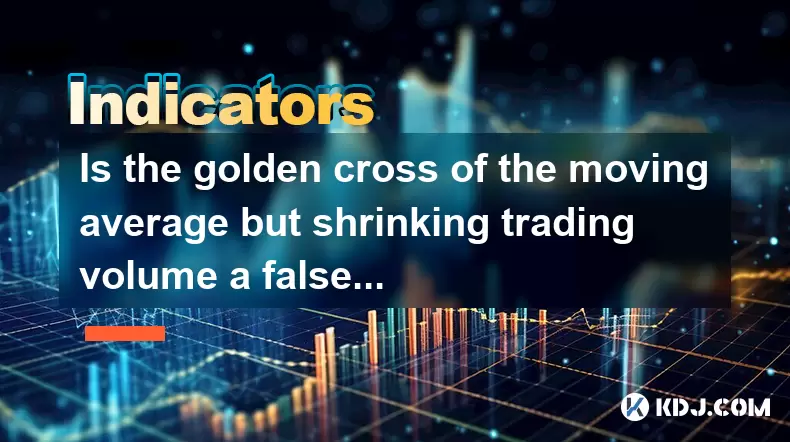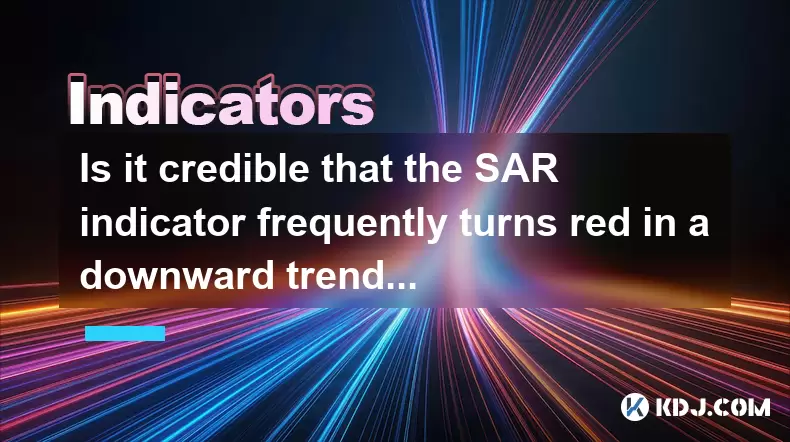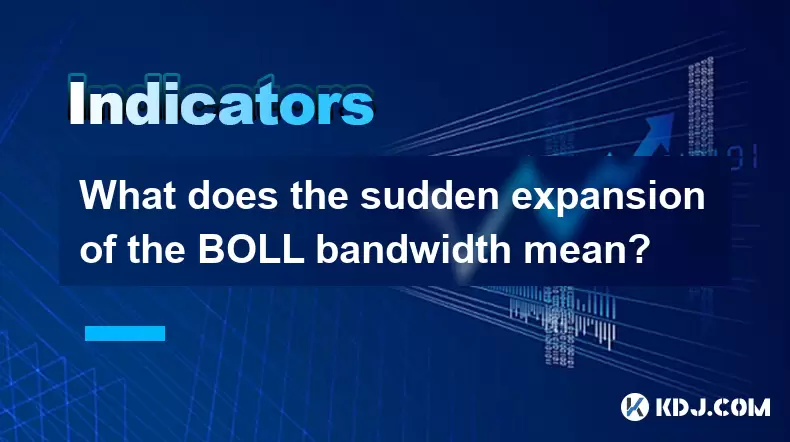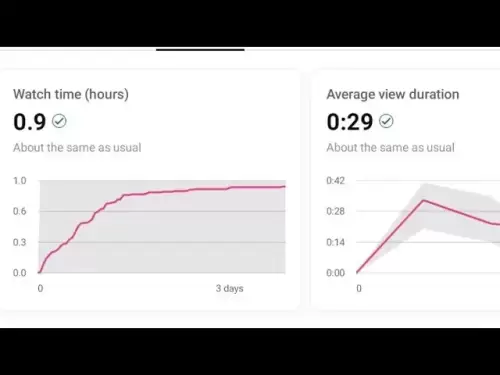-
 Bitcoin
Bitcoin $103,456.1111
0.49% -
 Ethereum
Ethereum $2,414.9631
0.02% -
 Tether USDt
Tether USDt $1.0006
0.05% -
 XRP
XRP $2.1083
0.24% -
 BNB
BNB $634.8760
-0.76% -
 Solana
Solana $139.8437
1.94% -
 USDC
USDC $0.9998
-0.01% -
 TRON
TRON $0.2737
0.97% -
 Dogecoin
Dogecoin $0.1602
0.20% -
 Cardano
Cardano $0.5737
1.08% -
 Hyperliquid
Hyperliquid $32.9779
-2.54% -
 Bitcoin Cash
Bitcoin Cash $474.8886
-1.80% -
 Sui
Sui $2.6272
-1.99% -
 Chainlink
Chainlink $12.4878
0.14% -
 UNUS SED LEO
UNUS SED LEO $8.9234
0.35% -
 Stellar
Stellar $0.2411
-0.18% -
 Avalanche
Avalanche $17.0274
-0.70% -
 Toncoin
Toncoin $2.8936
-1.11% -
 Shiba Inu
Shiba Inu $0.0...01112
-0.58% -
 Litecoin
Litecoin $82.6982
1.33% -
 Hedera
Hedera $0.1423
-0.05% -
 Monero
Monero $314.8455
3.26% -
 Ethena USDe
Ethena USDe $1.0006
0.01% -
 Polkadot
Polkadot $3.4043
1.14% -
 Dai
Dai $0.9999
0.01% -
 Bitget Token
Bitget Token $4.2848
-0.13% -
 Uniswap
Uniswap $6.8748
-5.45% -
 Pepe
Pepe $0.0...09661
0.52% -
 Pi
Pi $0.5359
1.19% -
 Aave
Aave $242.9168
-1.03%
Is the golden cross of the moving average but shrinking trading volume a false signal? How to identify it?
A golden cross in crypto trading can signal a bullish trend, but shrinking volume may indicate a false breakout, warns traders to confirm with other indicators.
Jun 21, 2025 at 10:57 pm

Understanding the Golden Cross in Moving Averages
The golden cross is a well-known technical indicator in cryptocurrency trading, often seen as a bullish signal. It occurs when a short-term moving average (such as the 50-day MA) crosses above a long-term moving average (like the 200-day MA). Traders interpret this as a potential reversal from a downtrend to an uptrend. However, not all golden crosses lead to sustained rallies. In some cases, especially when accompanied by shrinking trading volume, the signal may be misleading.
Key Insight: The golden cross alone should never be used in isolation for making trading decisions.
What Does Shrinking Volume Indicate?
Volume plays a critical role in confirming price movements. When the golden cross appears alongside decreasing or weak volume, it suggests that there isn't enough market participation to support the bullish crossover. This could mean that large traders or institutional investors are not actively buying into the rally.
- Low volume during a golden cross can imply hesitation among traders.
- It might also reflect profit-taking after a prior move up, rather than new demand entering the market.
- In crypto markets, which are highly volatile and sentiment-driven, volume divergence can be a key red flag.
How to Identify a False Golden Cross Signal
Identifying whether a golden cross is valid or false involves analyzing multiple aspects of the chart and market behavior. Here's how you can assess it:
- Check volume patterns before and after the cross — if volume declines during the crossover, it’s a warning sign.
- Analyze other timeframes — sometimes a daily golden cross may appear strong, but on the weekly or 4-hour charts, the trend remains bearish.
- Use oscillators like RSI or MACD to check for overbought conditions or divergences.
- Watch price action after the cross — if prices fail to rise significantly or retest the crossover level, the signal may be invalid.
Practical Steps to Confirm or Reject the Signal
To avoid being misled by a false golden cross, follow these practical steps when analyzing a chart:
- Step 1: Identify the exact point where the 50-day MA crosses above the 200-day MA.
- Step 2: Observe the volume bars at the time of the crossover — compare them with previous volume levels.
- Step 3: Check nearby support and resistance zones to see if the price has room to move upward.
- Step 4: Monitor candlestick patterns around the cross — rejection candles like dojis or shooting stars may indicate weakness.
- Step 5: Use additional tools such as Bollinger Bands or Fibonacci retracements to gauge momentum and potential reversal points.
Case Study: A False Golden Cross in Bitcoin Trading
Let’s consider a hypothetical scenario involving Bitcoin (BTC):
In early Q1, BTC forms a golden cross on the daily chart. However, the volume during the cross is significantly lower compared to the previous rally. Over the next few days, although the price moves slightly higher, it fails to break above a major resistance level. Shortly after, a sharp selloff begins.
Why was this a false signal?
- Volume was low, indicating lack of conviction.
- Price failed to sustain above key resistance.
- RSI showed bearish divergence — price made higher highs while RSI made lower highs.
This case illustrates how relying solely on the golden cross without considering volume and other indicators can result in poor trade entries.
Frequently Asked Questions
Q1: Can a golden cross still work even with low volume?
A golden cross can occasionally precede a real uptrend even with low volume, especially if it coincides with positive news or macroeconomic shifts. However, such cases are rare and usually require confirmation from other indicators or fundamental catalysts.
Q2: Is the golden cross more reliable in certain cryptocurrencies?
The reliability of the golden cross depends more on liquidity and market depth than the specific cryptocurrency. Major coins like BTC and ETH tend to produce more reliable signals due to higher volume and institutional interest.
Q3: Should I always avoid trading a golden cross if volume is shrinking?
Not necessarily. You can still consider entering a trade but with tighter stop-loss orders and reduced position size. Always look for confluence with other tools before committing capital.
Q4: How does a death cross compare to a golden cross in terms of volume importance?
Similar to the golden cross, the death cross (where the 50-day MA crosses below the 200-day MA) should also be validated by volume. A high-volume death cross is a stronger bearish signal than one occurring on low volume.
Disclaimer:info@kdj.com
The information provided is not trading advice. kdj.com does not assume any responsibility for any investments made based on the information provided in this article. Cryptocurrencies are highly volatile and it is highly recommended that you invest with caution after thorough research!
If you believe that the content used on this website infringes your copyright, please contact us immediately (info@kdj.com) and we will delete it promptly.
- MAGACOIN FINANCE: The Low-Cap Crypto Set to Dominate 2025?
- 2025-06-22 04:25:12
- Trump, Wallets, and Binance: Decoding the Latest Crypto Moves
- 2025-06-22 04:25:12
- Altcoins, Social Media, and Trending Coins: What's the Buzz?
- 2025-06-22 04:45:12
- Unicorn Fart Dust, Meme Coins, and Ballpark Village: A Wild Ride in the Crypto World
- 2025-06-22 04:30:12
- ZA Miner, Cloud Mining, and Crypto Adoption: A 2025 Perspective
- 2025-06-22 04:45:12
- HBAR, BCH, and Web3 AI: What's Hot and What's Not in Crypto Right Now
- 2025-06-22 04:50:12
Related knowledge

Does the sudden contraction of ATR indicate the end of the trend?
Jun 20,2025 at 11:14pm
Understanding ATR and Its Role in Technical AnalysisThe Average True Range (ATR) is a technical indicator used to measure market volatility. Developed by J. Welles Wilder, ATR calculates the average range of price movement over a specified period, typically 14 periods. It does not indicate direction—only volatility. Traders use ATR to gauge how much an ...

Is it invalid if the DMI crosses but the ADX does not expand?
Jun 21,2025 at 09:35am
Understanding the DMI and ADX RelationshipIn technical analysis, the Directional Movement Index (DMI) consists of two lines: +DI (Positive Directional Indicator) and -DI (Negative Directional Indicator). These indicators are used to determine the direction of a trend. When +DI crosses above -DI, it is often interpreted as a bullish signal, while the opp...

How to filter false signals when the SAR indicator frequently flips?
Jun 21,2025 at 08:43pm
Understanding the SAR Indicator and Its BehaviorThe SAR (Stop and Reverse) indicator is a popular technical analysis tool used in cryptocurrency trading to identify potential reversals in price movement. It appears as a series of dots placed either above or below the price chart, signaling bullish or bearish trends. When the dots are below the price, it...

Is the trend continuation when the Williams indicator is oversold but there is no rebound?
Jun 20,2025 at 11:42pm
Understanding the Williams %R IndicatorThe Williams %R indicator, also known as the Williams Percent Range, is a momentum oscillator used in technical analysis to identify overbought and oversold levels in price movements. It typically ranges from 0 to -100, where values above -20 are considered overbought and values below -80 are considered oversold. T...

Is it credible that the SAR indicator frequently turns red in a downward trend?
Jun 22,2025 at 12:07am
What Is a Bitcoin Wallet and Why Do You Need One?A Bitcoin wallet is a digital tool that allows users to store, send, and receive Bitcoin. Unlike traditional wallets that hold physical currency, Bitcoin wallets do not actually store the cryptocurrency itself. Instead, they manage the private keys that grant access to your Bitcoin on the blockchain. Thes...

What does the sudden expansion of the BOLL bandwidth mean?
Jun 21,2025 at 01:49pm
Understanding the BOLL IndicatorThe BOLL (Bollinger Bands) indicator is a widely used technical analysis tool in cryptocurrency trading. It consists of three lines: a simple moving average (SMA) in the center, with upper and lower bands calculated based on standard deviations from that SMA. These bands dynamically adjust to price volatility. When trader...

Does the sudden contraction of ATR indicate the end of the trend?
Jun 20,2025 at 11:14pm
Understanding ATR and Its Role in Technical AnalysisThe Average True Range (ATR) is a technical indicator used to measure market volatility. Developed by J. Welles Wilder, ATR calculates the average range of price movement over a specified period, typically 14 periods. It does not indicate direction—only volatility. Traders use ATR to gauge how much an ...

Is it invalid if the DMI crosses but the ADX does not expand?
Jun 21,2025 at 09:35am
Understanding the DMI and ADX RelationshipIn technical analysis, the Directional Movement Index (DMI) consists of two lines: +DI (Positive Directional Indicator) and -DI (Negative Directional Indicator). These indicators are used to determine the direction of a trend. When +DI crosses above -DI, it is often interpreted as a bullish signal, while the opp...

How to filter false signals when the SAR indicator frequently flips?
Jun 21,2025 at 08:43pm
Understanding the SAR Indicator and Its BehaviorThe SAR (Stop and Reverse) indicator is a popular technical analysis tool used in cryptocurrency trading to identify potential reversals in price movement. It appears as a series of dots placed either above or below the price chart, signaling bullish or bearish trends. When the dots are below the price, it...

Is the trend continuation when the Williams indicator is oversold but there is no rebound?
Jun 20,2025 at 11:42pm
Understanding the Williams %R IndicatorThe Williams %R indicator, also known as the Williams Percent Range, is a momentum oscillator used in technical analysis to identify overbought and oversold levels in price movements. It typically ranges from 0 to -100, where values above -20 are considered overbought and values below -80 are considered oversold. T...

Is it credible that the SAR indicator frequently turns red in a downward trend?
Jun 22,2025 at 12:07am
What Is a Bitcoin Wallet and Why Do You Need One?A Bitcoin wallet is a digital tool that allows users to store, send, and receive Bitcoin. Unlike traditional wallets that hold physical currency, Bitcoin wallets do not actually store the cryptocurrency itself. Instead, they manage the private keys that grant access to your Bitcoin on the blockchain. Thes...

What does the sudden expansion of the BOLL bandwidth mean?
Jun 21,2025 at 01:49pm
Understanding the BOLL IndicatorThe BOLL (Bollinger Bands) indicator is a widely used technical analysis tool in cryptocurrency trading. It consists of three lines: a simple moving average (SMA) in the center, with upper and lower bands calculated based on standard deviations from that SMA. These bands dynamically adjust to price volatility. When trader...
See all articles
























































































